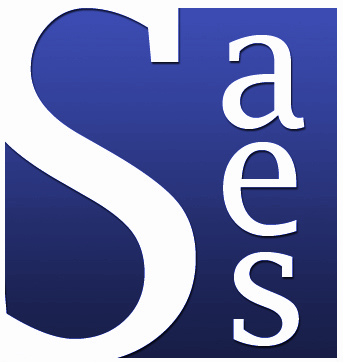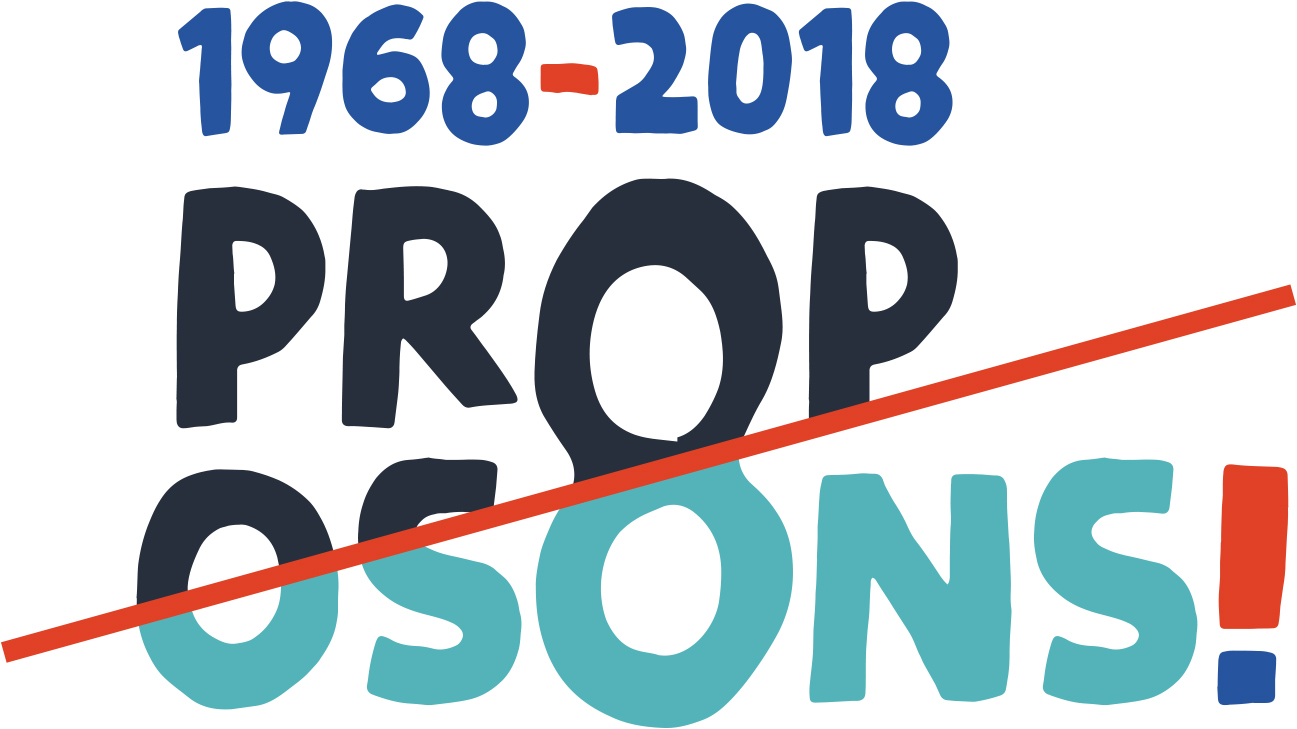A.R.T.S – British and American Arts
Président : Laurent Châtel (Lille)
Co-Présidentes: Charlotte Gould (Sorbonne Nouvelle – Paris 3), Anne-Pascale Bruneau-Rumsey (Paris Nanterre) et Séverine Letalleur (Paris Nanterre)
Cet atelier est conçu comme un séminaire, où chaque intervention de 15 mn. est suivie d’une discussion-table ronde de 15 mn.
Atelier I
Jeudi 7, 15h30-18h30
Salle V410
15h30
Alice Leroy
Université de Lille
(R)évolutions de l’iconographie? Productions matérielles et images de Charles I
16h
Sophie Loussouarn
Université d’Amiens
James Gillray’s View of the French Revolution
16h30
Brigitte Friant Kessler
Université de Valenciennes
From Illustration to Graphic Novels, where’s the R/Evolution?
17h
Anne-Florence Gillard-Estrada
Université de Rouen
La question de la rupture entre la peinture victorienne et le Modernisme
17h30
Pause
17h45
Aurélien Wasilewski
Université de Lille
William Robinson (1838-1935): Old-Fashioned Gardens, Revolutionary Outlook
18h15
Discussion
Atelier II
Vendredi 8, 9h-10h30
Salle V410
Président : Laurent Châtel (Lille)
Co-présidentes: Charlotte Gould (Sorbonne Nouvelle – Paris 3), Anne-Pascale Bruneau-Rumsey (Paris Nanterre) et Séverine Letalleur (Paris Nanterre)
9h
Elisabeth Koechlin
Université Sorbonne Nouvelle – Paris 3
Protest art, et culture jamming au sein d’Occupy Wall Street
9h30
Antonia Rigaud
Université Sorbonne Nouvelle – Paris 3
‘Keeping it Urgent’: Power and Abstraction in Mark Bradford’s Work
10h
Charlotte Gould
Université Sorbonne Nouvelle – Paris 3
Art and the Crisis of the Public Space Today
Atelier IV
Samedi 9, 11h-12h30
Salle V410
Président : Laurent Châtel (Lille)
Co-présidentes: Charlotte Gould (Sorbonne Nouvelle – Paris 3), Anne-Pascale Bruneau-Rumsey (Paris Nanterre) et Séverine Letalleur (Paris Nanterre)
Table ronde autour de :
11h
Jeanine Belgodere
Université du Havre
Isadora Duncan (1877-1927) danse la révolution
11h30
Frédéric Lefrançois
Université des Antilles
L’artivisme éclectique d’Anish Kapoor : révolution politique ou esthétique?
12h
Coralie Griffon
Université Technologique de Compiègne
Antony Gormley: Revolutions about Sculpture
Appel à contributions
Taking ‘revolution’ in its literal sense, one may want to ask how arts have reflected upon revolutions – deep political, economic, industrial changes – throughout the ages and study how art has reacted to or even interacted with revolutionary moments when institutions were altered or toppled and when new environments were developed (industrial sites, new working places, the urban growth, etc). The abrupt changes brought about by revolutions never failed to appear in art, and were sometimes even foretold by artists. And yet, the art which accompanies, derives from or charts historical revolutions is not necessarily itself revolutionary. Art of the revolution, be it the American Revolution or the Glorious Revolution, either expresses the values of the current culture or condemns them; nineteenth-century British actors of the industrial revolution sometimes actually proved reactionary in their taste, both in form and content, as they tended to be collectors and/or patrons of sanctimonious narrative paintings. Abstract Expressionism has now been reappraised as a pseudo or ‘fake’ revolution: recent documents have revealed the movement was supported by the CIA in the context of the Cold War (without the artists themselves, Jackson Pollock or Barnett Newman, being aware their work was being used as propaganda) in order to support the claim that the US was indeed the land of freedom. The artists’ exploration of new techniques and non-realistic shapes nonetheless launched myriad experimentations, many of them truly revolutionary.
Revolution in the arts may also designate artistic movements that come and go, sometimes softly, sometimes more brutally. Why have such and such artists be deemed revolutionary? Ernst Gombrich’s The Story of Art explored the idea of nineteenth-century as a revolutionary era. The teleological view of art as a succession of revolutions no longer holds sway but it is still worth asking what caused key moments and actors to be labelled as revolutionary. Does the use of the word revolution in fact tend to overshadow notions of novelty, innovation and creativity which are in fact more appropriate?
The Sixties were a moment when the process of aesthetic experimentations and transgressions accelerated alongside vocal political demands. The methods of aesthetic engagement grew more radical and aligned with the defence of rights. Conceptual Art – Art&Language, John Latham, Bruce McLean, Mary Kelly, etc. – took matters beyond the traditional boundaries not simply to transform the appearance of art but to rethink its social purpose. It paved the way for further revolutions, the most transformative of which was arguably the feminist revolution provocatively worded in 1971 by the recently departed Linda Nochlin as the following question: « Why Have there Been no Great Women Artists?” In this essay, she investigated the many factors that had prevented female artists from being recognized on a par with their male counterparts and made a case for a reassessment of the canon. Among the artists who emerged then in Britain to claim their due were Margaret Harrison, Jo Spence or Helen Chadwick, who paved the way for Tracey Emin, Sarah Lucas, Jenny Saville or Mona Hatoum. Soon after, the Black Art movement, inspired and promoted by Stuart Hall, emerged during the Blk Art Group’s first convention at Wolverhampton Polytechnic in 1982 with the aim of de-imperialising British art and culture. Today, the digital revolution has not gripped art in such a transformative way, and it seems that civic movements are still driving artistic changes, and more specifically its social turn – Tino Sehgal, Jeremy Deller, or when the architects Assemble are awarded the Turner Prize – to give a platform to social engagement, counter-globalisation protest or environmental activism. In the US, Kara Walker continues to make the question of identity a central one.
It is worth asking for each artist or period what revolutionary art is. One could indeed read the whole history of art as a pendulum between tradition and innovation, canons and margins, official and fringe art, Academy art and non-academic circles – whatever it might mean for each generation. It is tempting to connect what’s revolutionary with technological breakthroughs and technical inventions, but art is not revolutionary simply because it uses or promotes technological innovation. Artists are naturally driven by their everyday use of specific techniques, materials, tools and textures and it is out of this regular technical or technological activity that their art forms take shape as they play with, subvert or transcend the materials they are using: it is their technical or technological work that has led them anywhere, or somewhere (new).
Ultimately, if art is revolutionary it may well be because it helps us all see otherwise and in that sense it is perceived as revolutionary or indeed engenders revolutions because it empowers women and men to see and act differently with greater confidence and increased acumen.
——————————-
Merci d’envoyer vos propositions de présentation, courte ou longue (au choix), ainsi qu’une courte notice biographique pour le 15 janvier 2018 à :
Laurent Châtel (Lille)
Charlotte Gould (Sorbonne Nouvelle)
Anne-Pascale Bruneau-Rumsey (Paris Nanterre)
Séverine Letalleur (Paris Nanterre)



